The Essence of Indian Cooking
If you’ve ever wondered why Indian food tastes so rich, fragrant, and satisfying, the secret lies in four essential elements: Dal, Tadka, Ghee, and Hing.
- Dal is the ultimate comfort food of India, nourishing millions daily.
- Tadka (tempering) is a game-changer, adding depth and aroma to every dish.
- Ghee is more than just clarified butter—it’s a cultural and Ayurvedic treasure.
- Hing (asafoetida) is a powerhouse of flavor and health benefits, yet little known outside India.
Let us look at:
✔ The history & significance of dal, tadka, ghee & hing
✔ How different regions of India use tadka uniquely
✔ Why ghee & hing are so essential in Indian cooking
✔ Practical tips on how to use them in your own kitchen
Dal: The Quintessential Indian Comfort Food
What is Dal?
In India, “dal” refers to both lentils (the ingredient) and a dish made from them. It’s a staple in every Indian household, offering warmth, protein, and comfort.
Types of Dal & Their Regional Uses
| Dal Variety | Region & Common Use |
|---|---|
| Toor Dal (Pigeon Pea) | Used in Sambar (South India) & Gujarati Dal |
| Moong Dal (Split Mung Beans) | Light, easy to digest—often made into Khichdi |
| Chana Dal (Split Chickpeas) | Used in Punjabi Dal & Bengali Cholar Dal |
| Masoor Dal (Red Lentils) | Quick-cooking dal, popular in North India |
| Urad Dal (Black Gram) | Used in Dal Makhani & South Indian idlis & dosas |
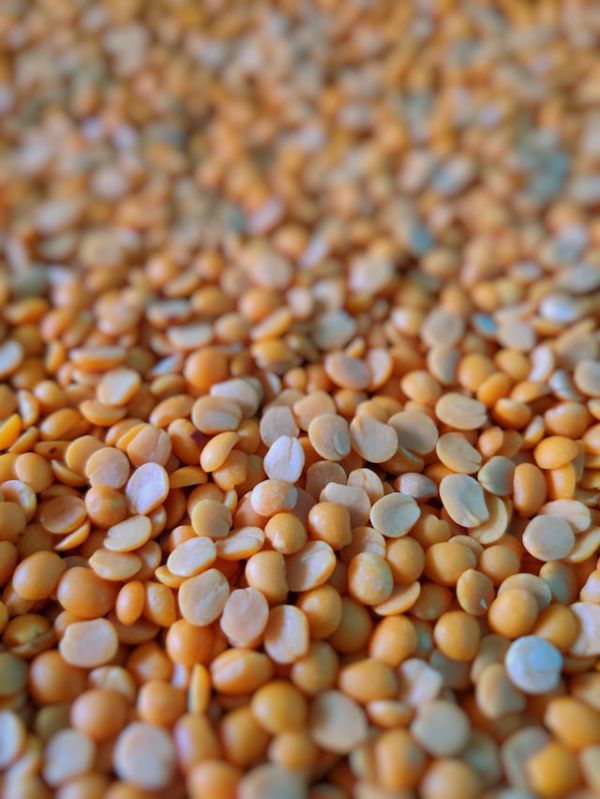
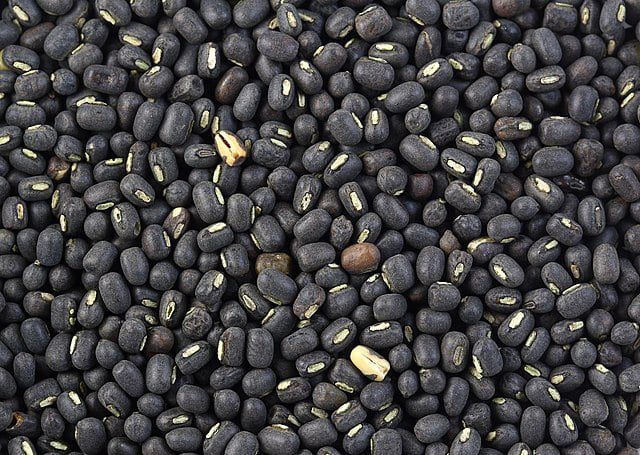
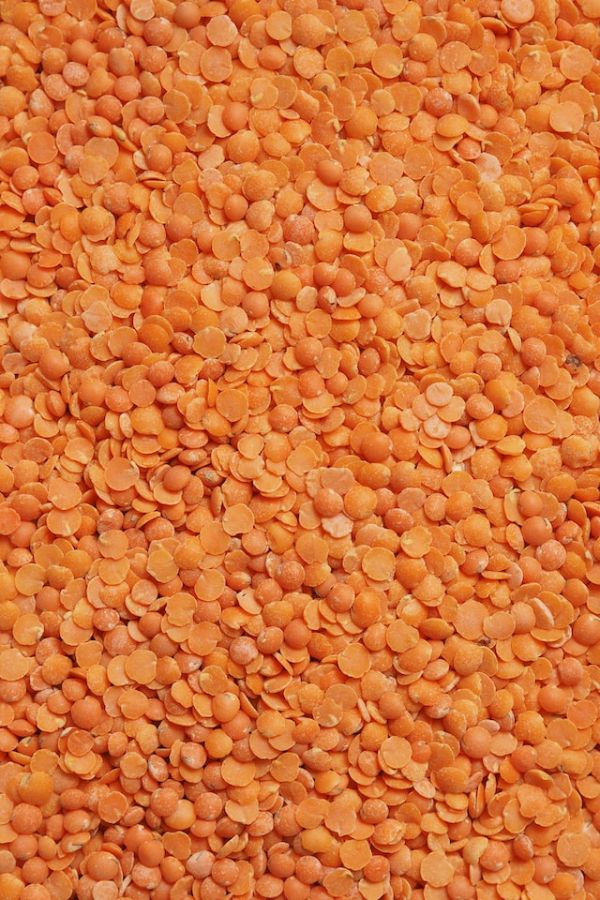
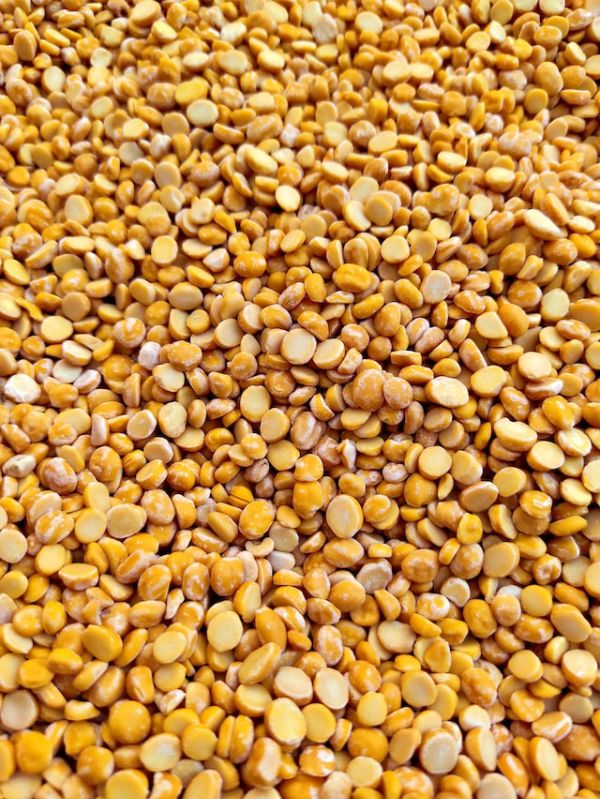
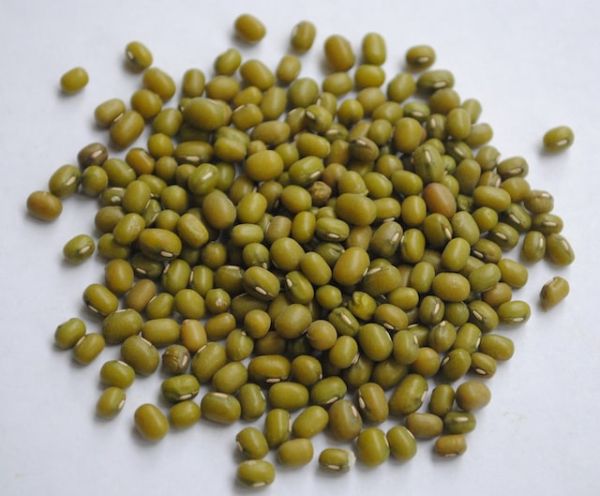
Fact: The earliest evidence of lentils in Indian cuisine dates back over 4,500 years!
Image Credits: Toor Dal – Photo by Yogesh Pedamkar on Unsplash; Mung Dal – Photo by David Gabrielyan on Unsplash; Masoor Dal – Photo by Łukasz Rawa on Unsplash; Chana Dal – Photo by Chandan Chaurasia on Unsplash;
Tadka: The Secret to Indian Flavor
What is Tadka (Tempering)?
Tadka, or tempering, is the technique of frying whole or ground spices in hot oil or ghee to unlock deep, aromatic flavors before adding them to a dish.
Why is Tadka So Important?
✔ Amplifies the aroma & taste of simple ingredients
✔ Releases essential oils from whole spices
Regional Variations of Tadka
- North India: Uses cumin seeds, garlic, onions, and tomatoes.
- South India: Uses mustard seeds, curry leaves, urad dal, (sometimes dried fenugreek – Methi) and dried chilies.
- Bengali Tadka: Uses panch phoron (five-spice mix), often with mustard oil.
- Maharashtrian Tadka: Features peanuts & coconut for extra texture.
How to Make Tadka:
1️⃣ Heat 1 tbsp ghee or oil.
2️⃣ Add whole spices (cumin, mustard seeds, dried chilies).
3️⃣ Fry until they crackle, then add garlic, onions, or tomatoes if required.
4️⃣ Pour over dal or vegetables—watch the magic happen!
Ghee: More Than Just Clarified Butter
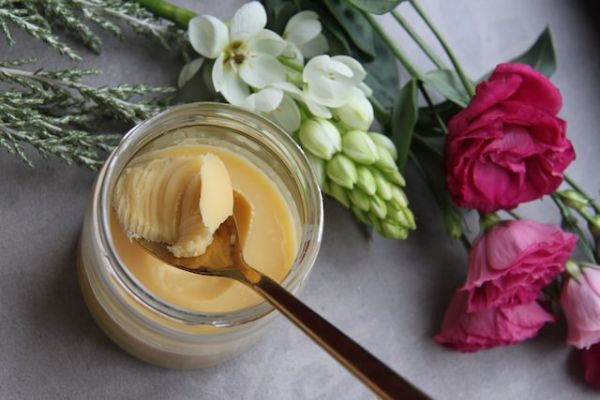
What is Ghee & Why is It Special?
Ghee is butter that has been simmered to remove water and milk solids, leaving behind pure golden fat.
Why Do Indians Use Ghee?
✔ High smoke point – Ideal for frying & roasting
✔ Healthier alternative and traditionally used for centuries
✔ Enhances flavor – Rich, nutty, and aromatic
✔ Used in rituals – Considered sacred in Vedic traditions
How to Use Ghee in Cooking
✔ Drizzle on dal & rotis for extra richness
✔ Fry spices for tadka instead of oil
✔ Use in baking or roasting vegetables for a nutty flavor
Fact: Ancient Vedic texts mention ghee as an offering to the gods, highlighting its sacred status.
Hing: The Secret Spice with a Pungent Punch
What is Hing (Asafoetida)?
Hing is a gum resin extracted from the Ferula plant, known for its strong, sulfur-like aroma. When cooked, it transforms into a garlic-onion-like umami flavor.

Why is Hing Used in Indian Cooking?
✔ Replaces garlic & onion in vegetarian cooking
✔ Aids digestion & reduces bloating
✔ Enhances flavors in dal, curries & pickles
How to Use Hing in Cooking
✔ Dissolve a pinch in hot oil or ghee before adding to dishes.
✔ Common in dal, sambhar, rasam & chaats.
✔ Pairs well with lentils, potatoes & vegetables.
Fact: Hing was introduced to India via Persian traders and became a key spice in Indian vegetarian cuisine.
How to Bring It All Together in Your Cooking
🔹 Making a Perfect Bowl of Dal with Tadka & Ghee
1️⃣ Cook dal with turmeric & salt.
2️⃣ Prepare tadka with ghee, mustard/cumin seeds, and hing.
3️⃣ Pour the tadka over dal for an instant flavor boost!
🔹 Creative Ways to Use Hing & Ghee Beyond Dal
✔ Add hing to soups & stews for depth.
✔ Use ghee in mashed potatoes or scrambled eggs for an Indian twist.
✔ Try tadka in pasta & fusion dishes for extra aroma.
FAQs
1. Is tadka necessary for making dal?
No, but it elevates the flavor significantly! Without tadka, dal can taste bland and one-dimensional.
2. Can I make ghee at home?
Yes! Simply simmer butter until the milk solids separate, strain, and store. Homemade ghee has a better aroma & shelf life.
3. Can I substitute anything for hing?
Hing’s closest alternatives are garlic & onion powder, though they won’t provide the same pungent umami effect.
4. Is ghee healthier than butter?
Yes! Ghee has no lactose or casein, a higher smoke point, and contains healthy fats & antioxidants.
Why These Four Ingredients Matter
Dal, Tadka, Ghee, and Hing are the cornerstones of Indian cooking, transforming simple ingredients into rich, flavorful meals. Whether you’re cooking a basic dal or an elaborate feast, understanding how to use them will elevate your dishes.
Try experimenting with tadka, ghee & hing in your own cooking—you’ll never look at lentils the same way again!
Image Credit: for top image – Photo by riki lifestyle on Unsplash
Learn more about:
Curry | Curry Powder | Garam Masala | Spices
